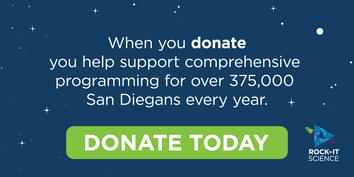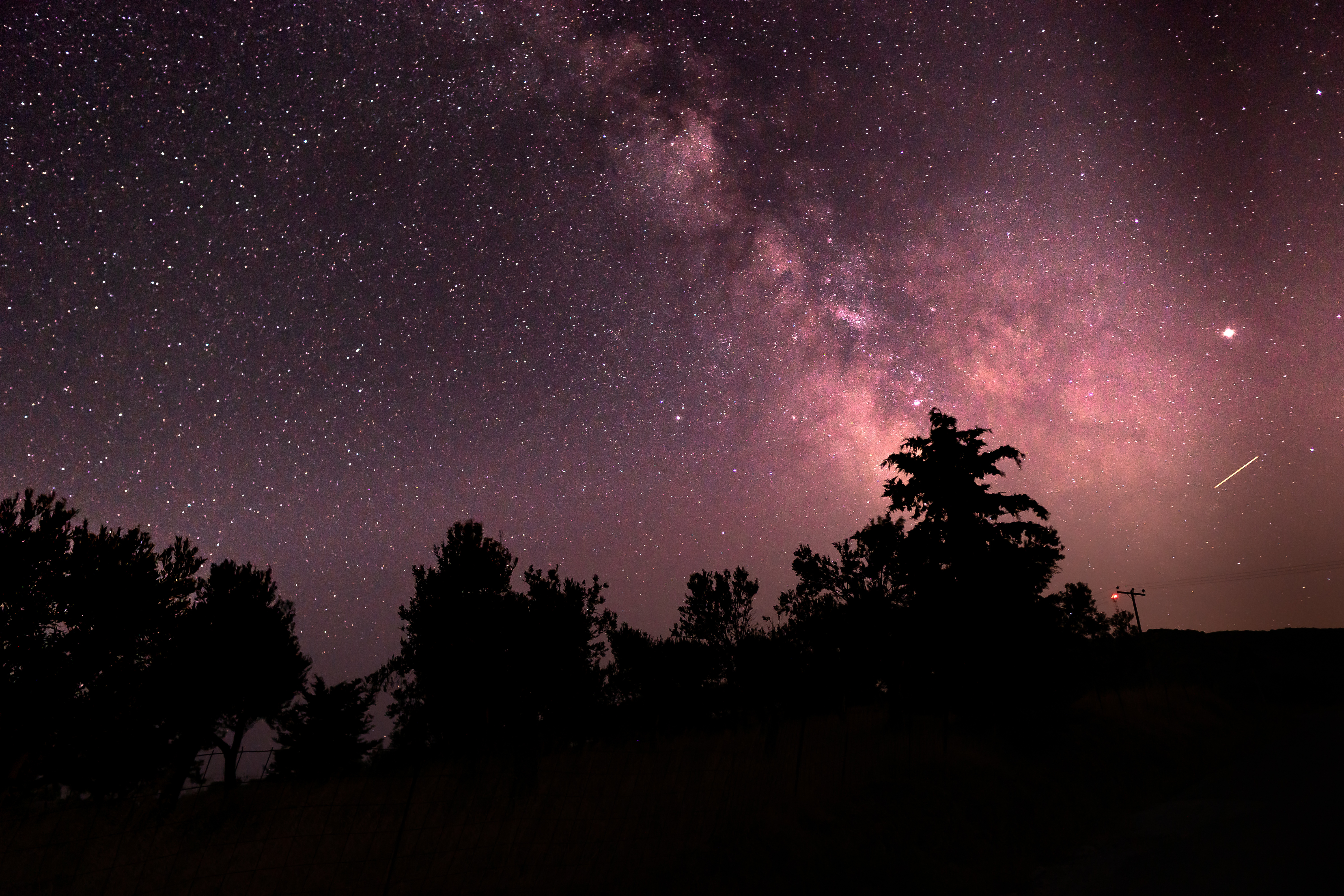
Meteors, a Great Conjunction and the Winter Solstice

December is packed with exciting astronomical events—most of which you can see from your back yard!
The Geminid Meteor Shower
The Geminid meteor shower occurs every December and, this year, it’s expected to peak the night of Sunday, December 13, through the early morning of Monday, December 14. The Geminid meteor shower puts on a consistently good show, with up to 150 fast-moving meteors per hour visible in a dark sky—and you might even catch a few meteors on the nights leading up to it!
One of the best things about meteor showers is that you don’t need any special equipment to observe them, just an unobstructed view of the sky. The Geminids are named after the constellation Gemini, which is the point on the sky that the meteors will appear to emerge from. The Geminids will peak the night of December 13 through the early morning of December 14. Gemini rises in the eastern sky by 9 p.m. and your chances of seeing a meteor improve as the constellation gets higher in the sky. The best time to spot Geminids is after midnight, with the maximum number of meteors peaking around 2 a.m. Luckily, there won’t a bright Moon to compete with your meteor observations this year—the New Moon falls on December 14!
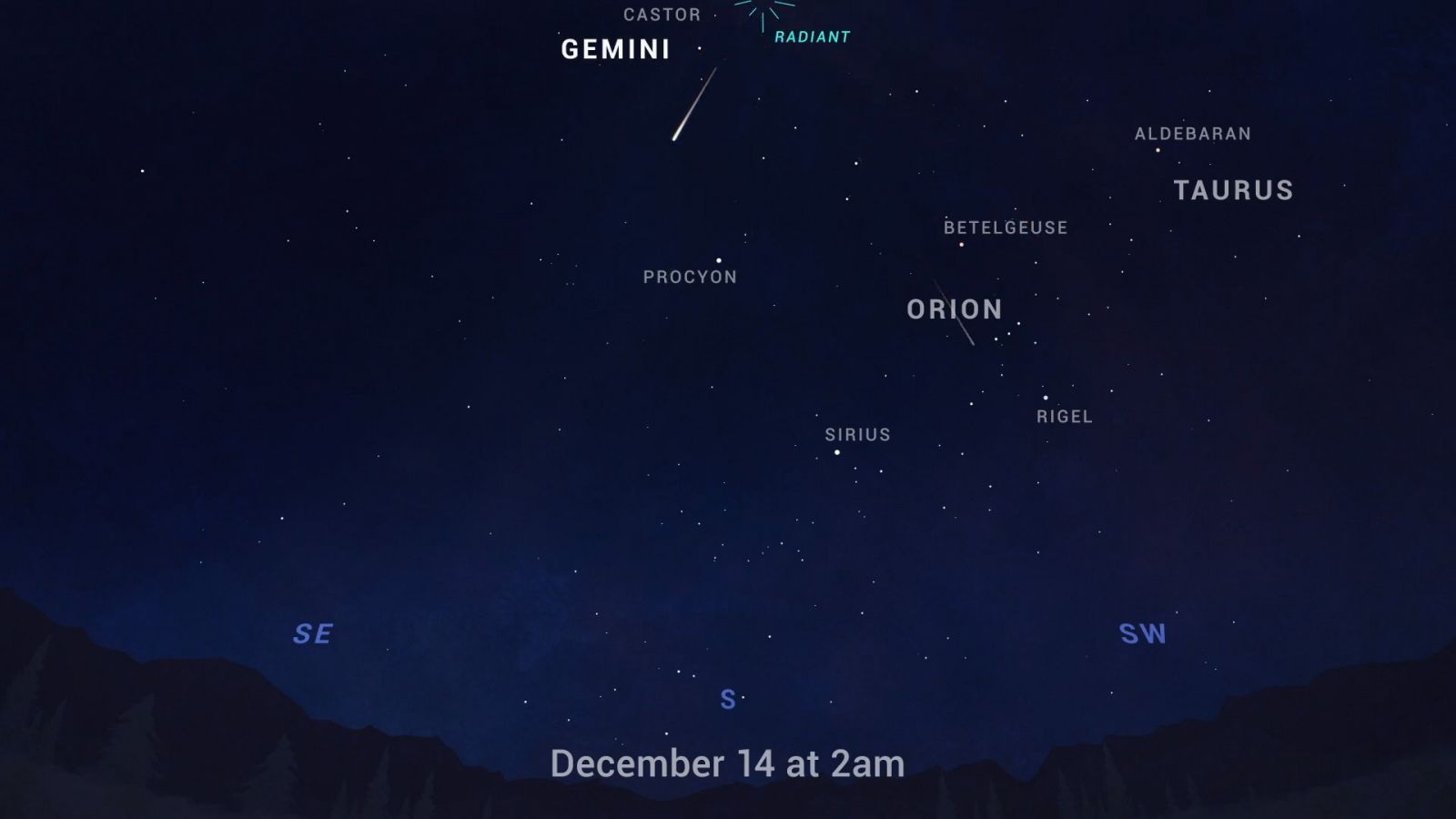
Credit: NASA/JPL-Caltech
The Winter Solstice
In the Northern Hemisphere, the December or Winter Solstice, happens on the shortest day of the year. Most people count the whole day as the Solstice, but it’s at the very specific moment when the Sun is right over the Tropic of Capricorn. In San Diego, this year’s solstice happens on Monday, December 21, at 2:02 a.m.
The term solstice comes from the Latin word solstitium, which means “Sun standing still”. On this day, the Sun reaches its southern-most position as seen from the Earth and it seems to stand "still" at the Tropic of Capricorn. After the solstice, the Sun reverses its direction on our sky.
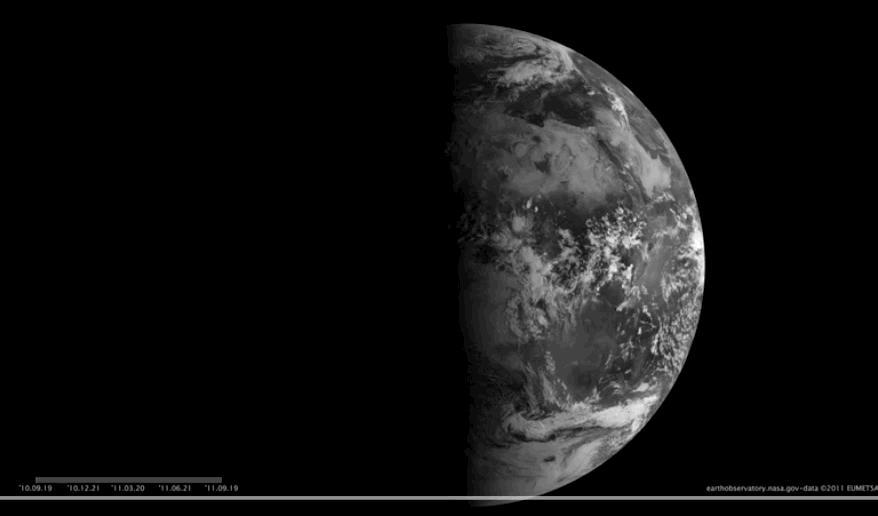
The Great Conjunction
A spectacular and rare astronomical event is about to happen: the great conjunction! It’s considered to be more impressive than the usual celestial headliners, like lunar eclipses and Mercury transits, and it will be visible around the world. On the same day of this year’s solstice, December 21, Jupiter will look as close to Saturn as one of its moons!
As you look up at the night sky, Jupiter and Saturn are getting closer, as they near their once-in-20-years conjunction. At their closest, they’ll be only 0.1 degrees apart—just 1/5 of a full moon diameter. You can start watching them now, and you’ll see them draw close together as the great conjunction day approaches.
Astronomers use the word “conjunction” to describe the sight of meetings of planets and other objects in our sky. The term “great conjunction” is used to describe the meeting of the two biggest planets in our solar system, Jupiter and Saturn. The next great conjunction will be the first Jupiter-Saturn conjunction since the year 2000, and the closest Jupiter-Saturn conjunction since 1623—only 14 years after Galileo made his first telescope!
This year’s great conjunction closeness won’t be matched again until March 15, 2080. But, you don’t have to wait until December 21 to start watching these planets. They’re visible tonight, and every night, as they get closer and then star to get apart from each other for the rest of 2020.
For those who would like to see this phenomenon for themselves, here’s what to do:
- Find a spot with an unobstructed view of the sky, such as a field or park. Jupiter and Saturn are bright, so they can be seen even from most cities.
- An hour after sunset, look to the southwestern sky. Jupiter will look like a bright star and be easily visible. Saturn will be slightly fainter and will appear slightly above and to the left of Jupiter until December 21, when Jupiter will overtake it and they will reverse positions in the sky.
- The planets can be seen with the unaided eye, but if you have binoculars or a small telescope, you may be able to see Jupiter’s four large moons orbiting the giant planet.
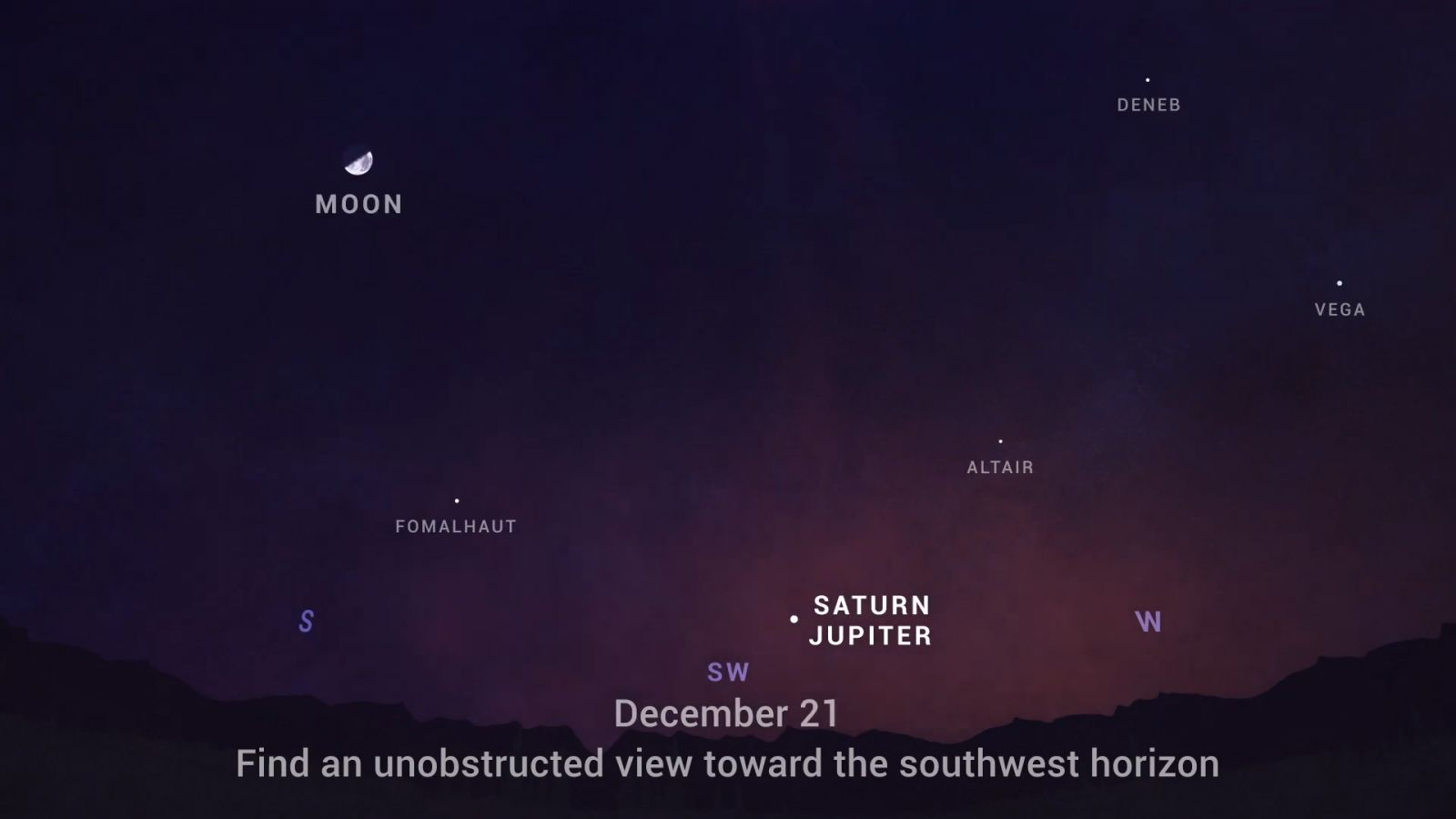
Credit: NASA/JPL-Caltech
Resources:
- NASA: https://solarsystem.nasa.gov/whats-up-skywatching-tips-from-nasa/?fbclid=IwAR08cl1fSn0yXNlsdkr_UfTqp04xoXCcV_A8vNAdfBThFgdWoJg01lWn3Mg
- EartSky: https://earthsky.org/astronomy-essentials/great-jupiter-saturn-conjunction-dec-21-2020
